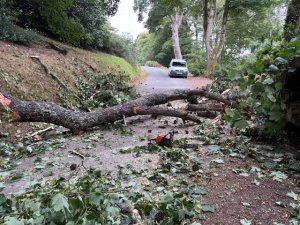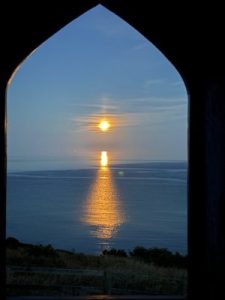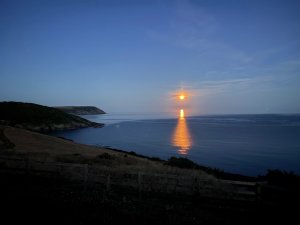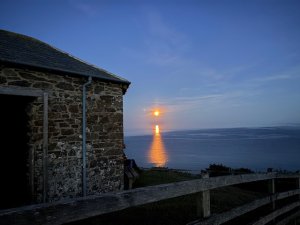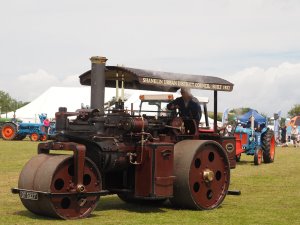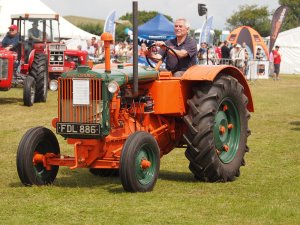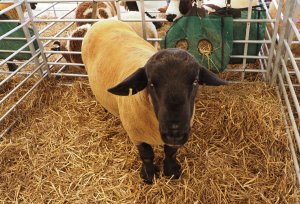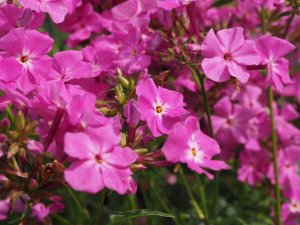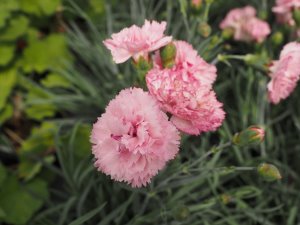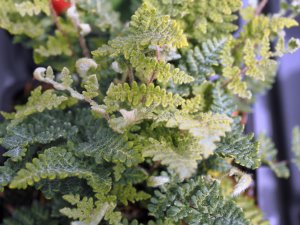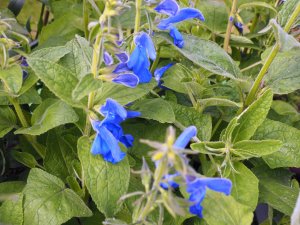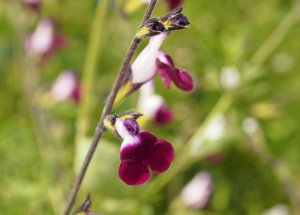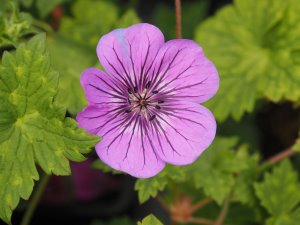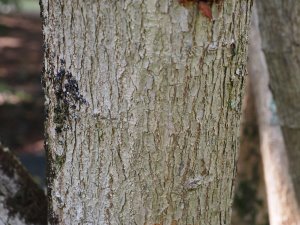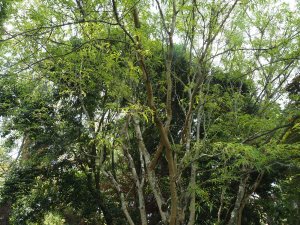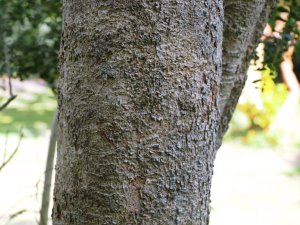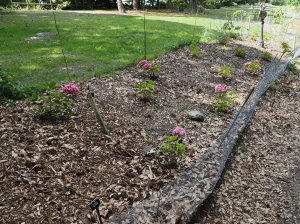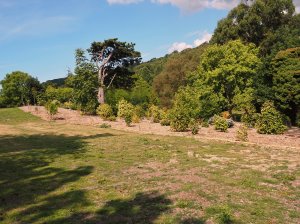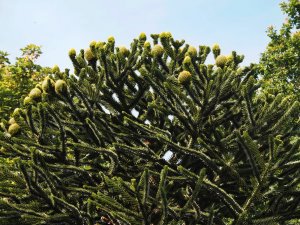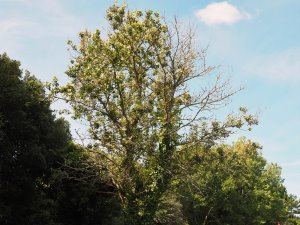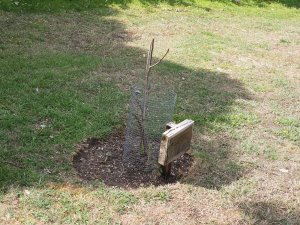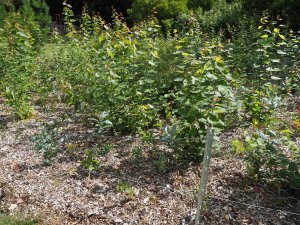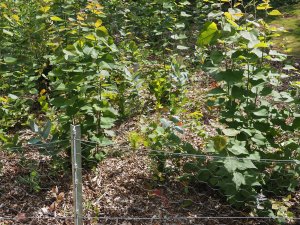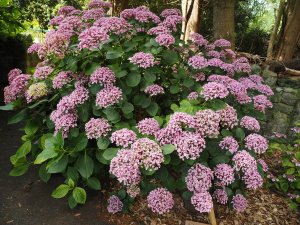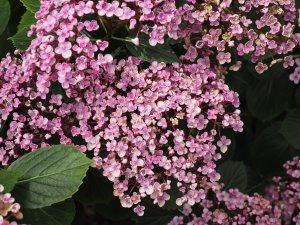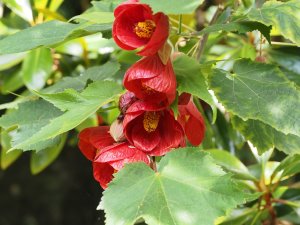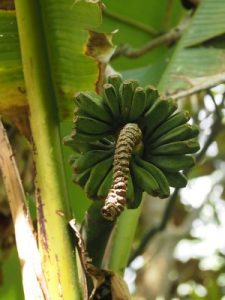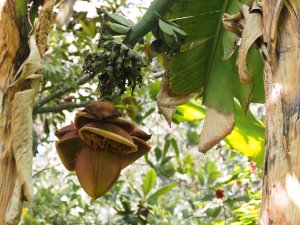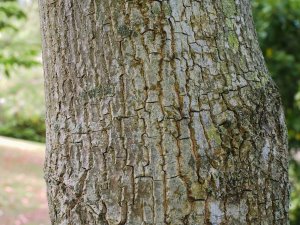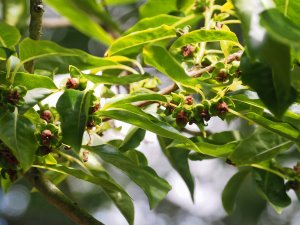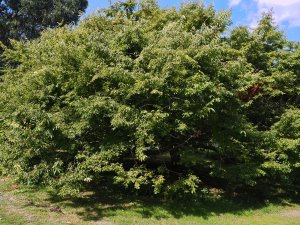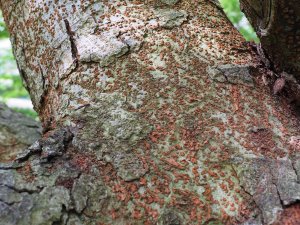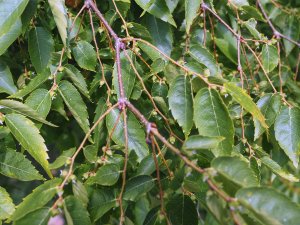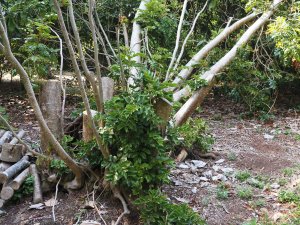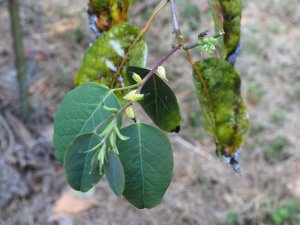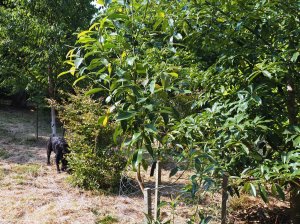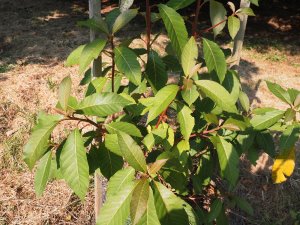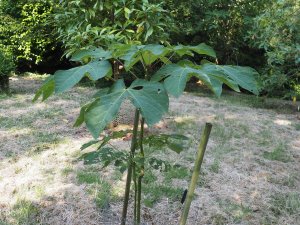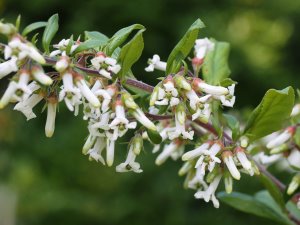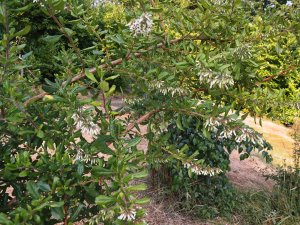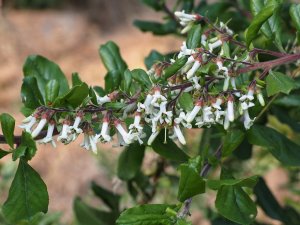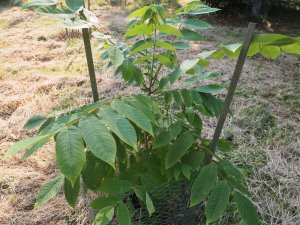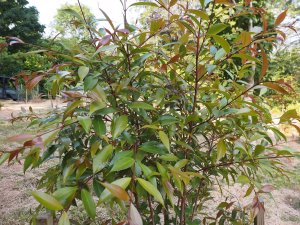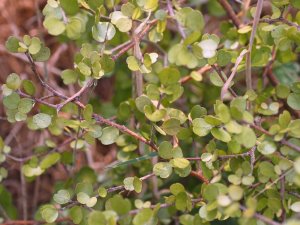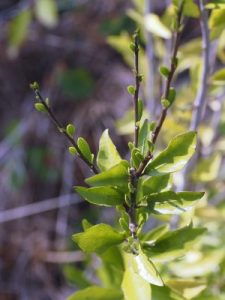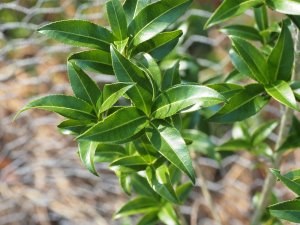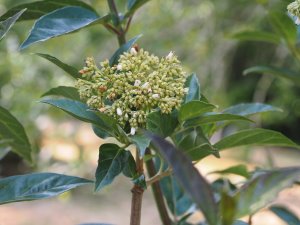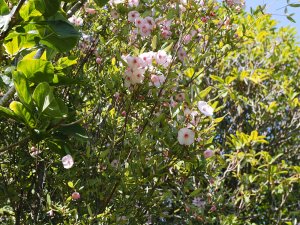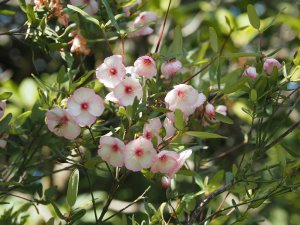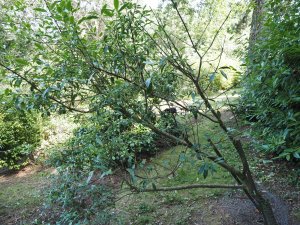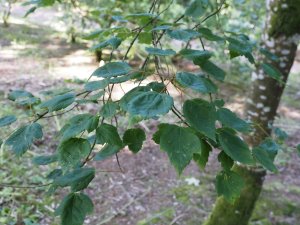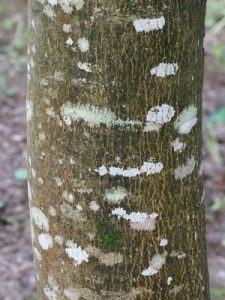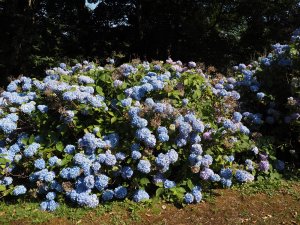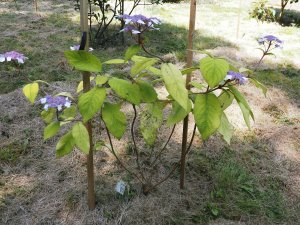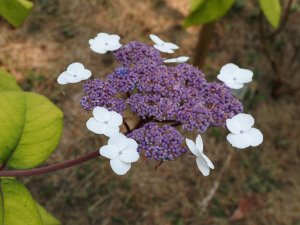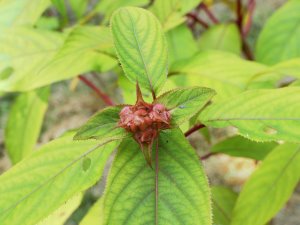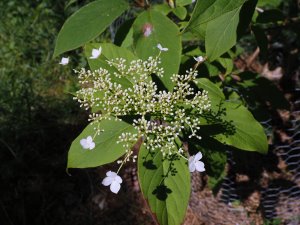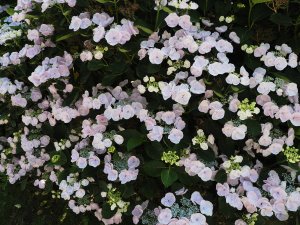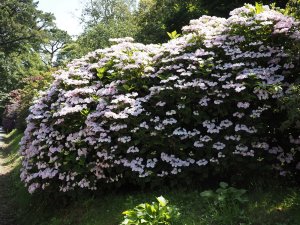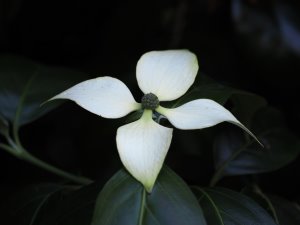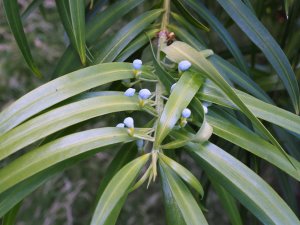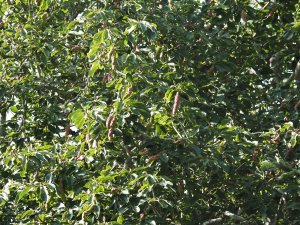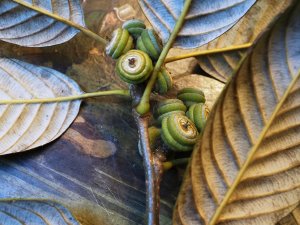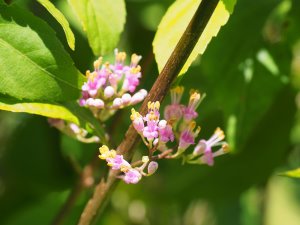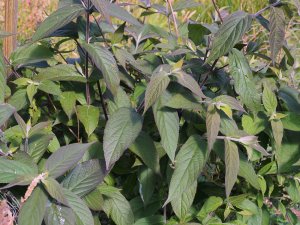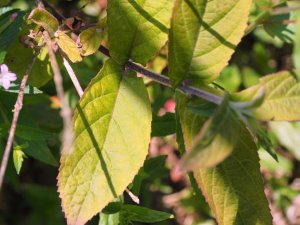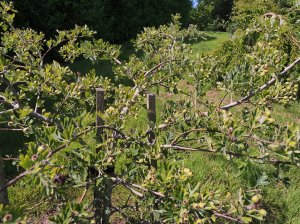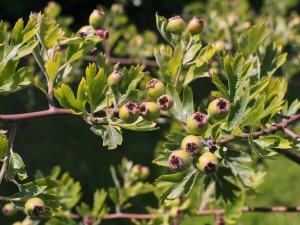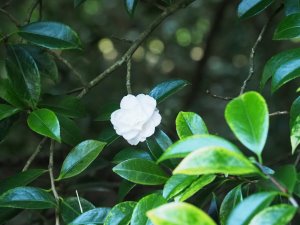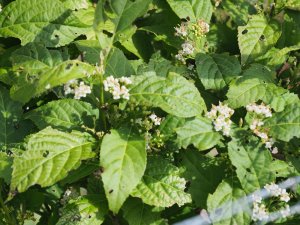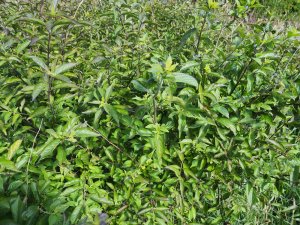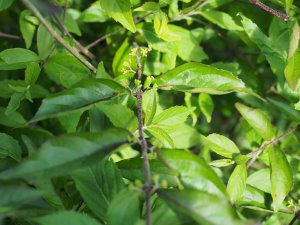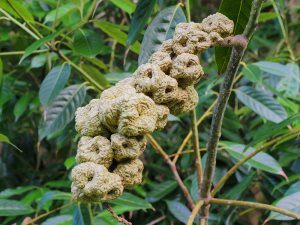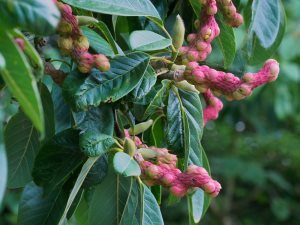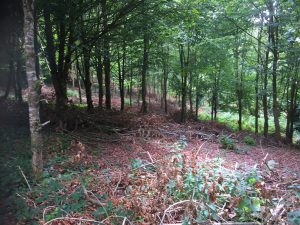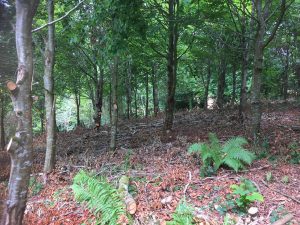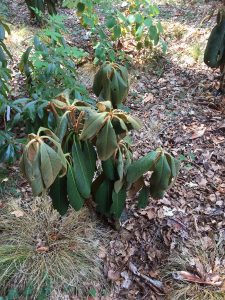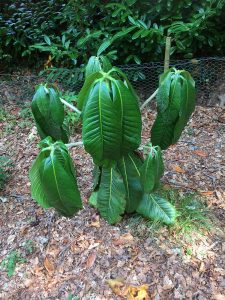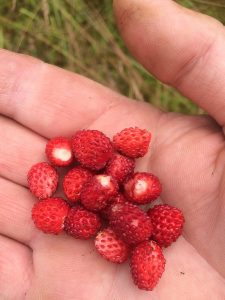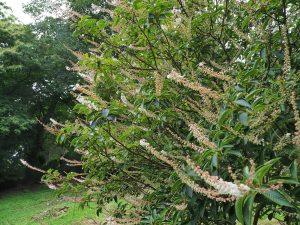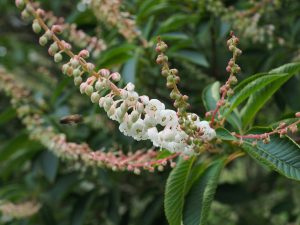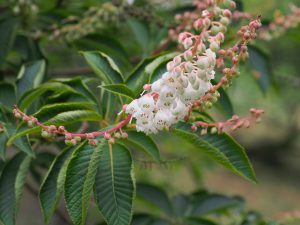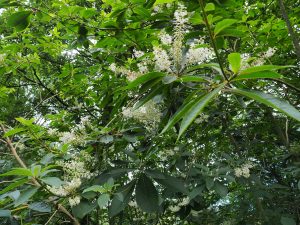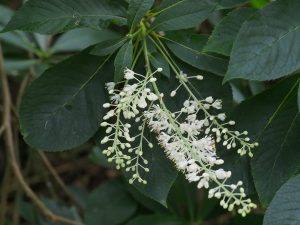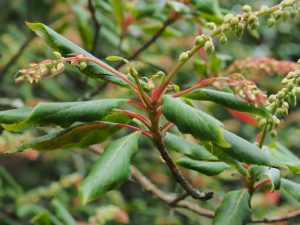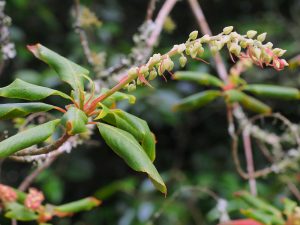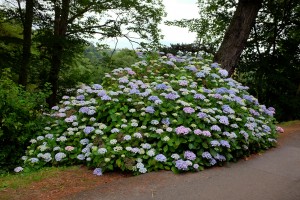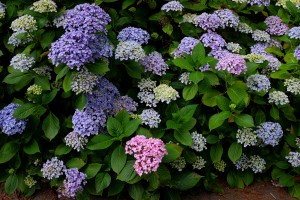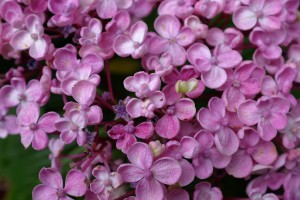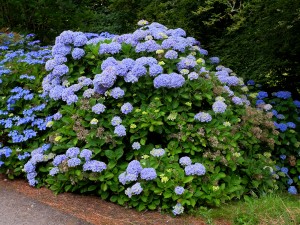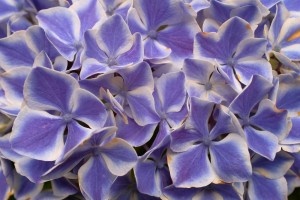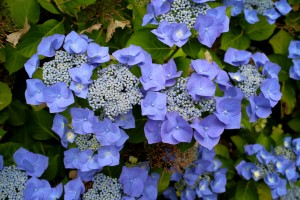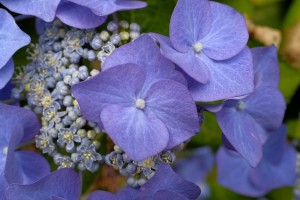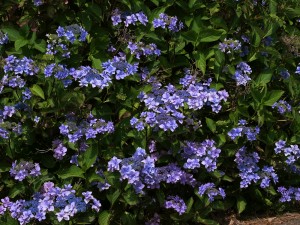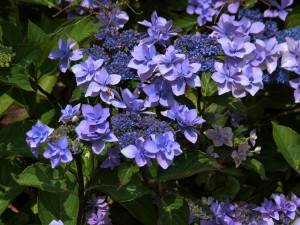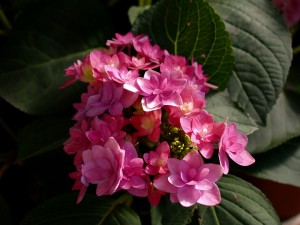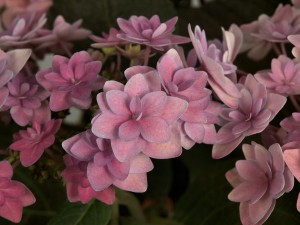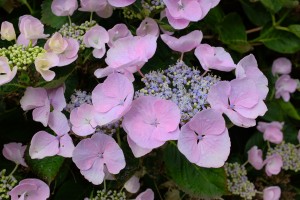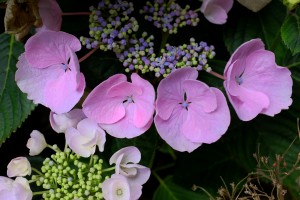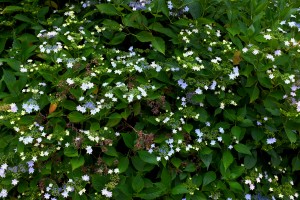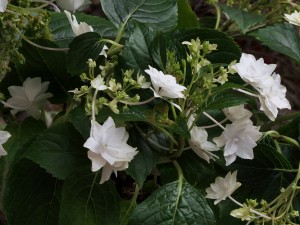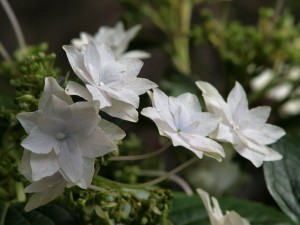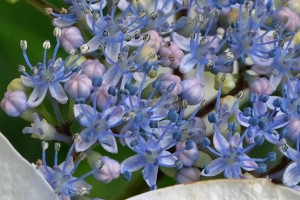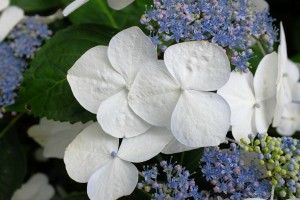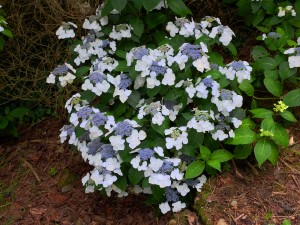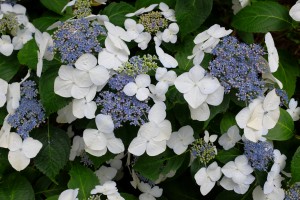2025 – CHW
In my absence in Seaview Jaimie has kept me up to date.
Final burn of the February loppings from the bank below Rockery.
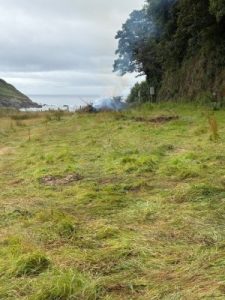
The annual visit to the Royal Isle of Wight Show and the usual excellent lunch in the members tent where we sampled IoW produce.A display of elderly tractors in the main ring.
2023 – CHW
More Ventnor.
Acer pentaphyllum as a multi-stemmed tree.
The tender Quercus fleuryi has peculiar drooping new growth but looks better than it has for years.
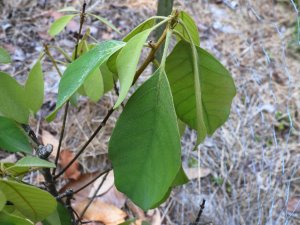
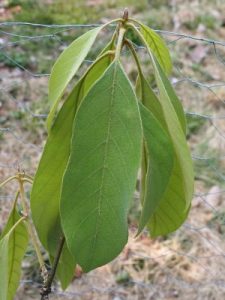
Eucryphia lucida ‘Pink Cloud’ full out. The first of the eucryphias to perform.
More investigation of Callicarpa. We have viewed two species where my identification was suspect yesterday but here are four more and one which I could not find. In theory we are growing seven species of Callicarpa.Callicapra shirasawana at Tin Garden is a vigorous tall growing species which we have already seen with its splendid fruits. Here are its flowers and buds which are mauve-pink like many of the Callicarpas. However we do know that the fruits are a different colour to Callicarpa bodinieri var. giraldii ‘Profusion’.
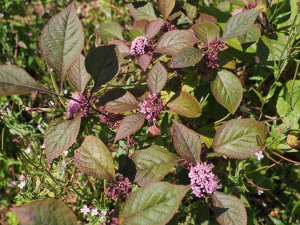
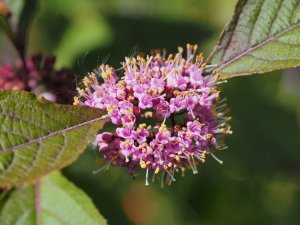
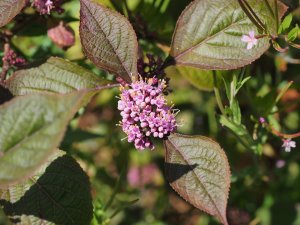
Callicarpa japonica ‘Leucocarpa’ has white flowers and a dense rounded habit in the Isla Rose Plantation. This perhaps calls into question my identification of Callicarpa cathayana yesterday or perhaps both have white flowers? Hard to know when the reference books tell you so little.
2019 – CHW
Huge seed clusters forming already on Lithocarpus pachyphyllus. The old record tree is plastered in these and some have already crashed to the ground in recent wind and rain.
Thinning in the 20 to 25 year old woodland in Brownberry Wood is now complete. These young beech trees have been decimated by squirrels over the years as you can clearly see here. This is why trapping greys is essential if there is to be any chance of a timber crop in 60 or 50 years’ time. Why do so few people understand this?
Off to the Isle of Wight.Clethra delavayi is full out on Bond Street. A similar sized plant died of old age this spring by Lower Quarry Nursery after overflowering and overseeding copiously. 8-9ft tall and 6ft spread.
2016 – CHW
A slow, hot five hour trip to the Portsmouth ferry. The UK Admiral’s Cup challenge (Land Rover sponsored) team are based in a brand new building beside the ferry terminal which was visited today by The Duke of Edinburgh. The five challenger yachts (if you can call them that) were having a practice race as we passed by with thousands of spectators in every conceivable sort of vessel. Apparently Ben Ainslie’s team won two races and were third in another two. Qualifying proper on Saturday and Sunday with the finals, if we qualify, next year in the Caribbean. Many millions of income for Portsmouth.
2015 – CHW
The hydrangeas on the drive by the Hovel are becoming a great summer spectacle just as I had planned. From the Hovel going upwards:Hydrangea ‘Ayesha’ – which exhibits pink and blue inflorescences on the same plant
1987 – FJW
Harvest started – 18 degrees moisture – weather improving.
1934 – JCW
Much as in 1906 and 1907 a long very hot dry spell.
1925 – JCW
Daff seed has been gathered for some time, the Romneya, Buddleia, Plagianthus and D Ivey Escallonia are the best things for the show at Tregony.
1907 – JCW
L giganteum over. R brunonis at its best. All seed picked.
1906 – JCW
Buddleia variabilis is in flower. Have put out our two year old daffs. Sweet peas only fair. One or two late Lapagerias are open.




